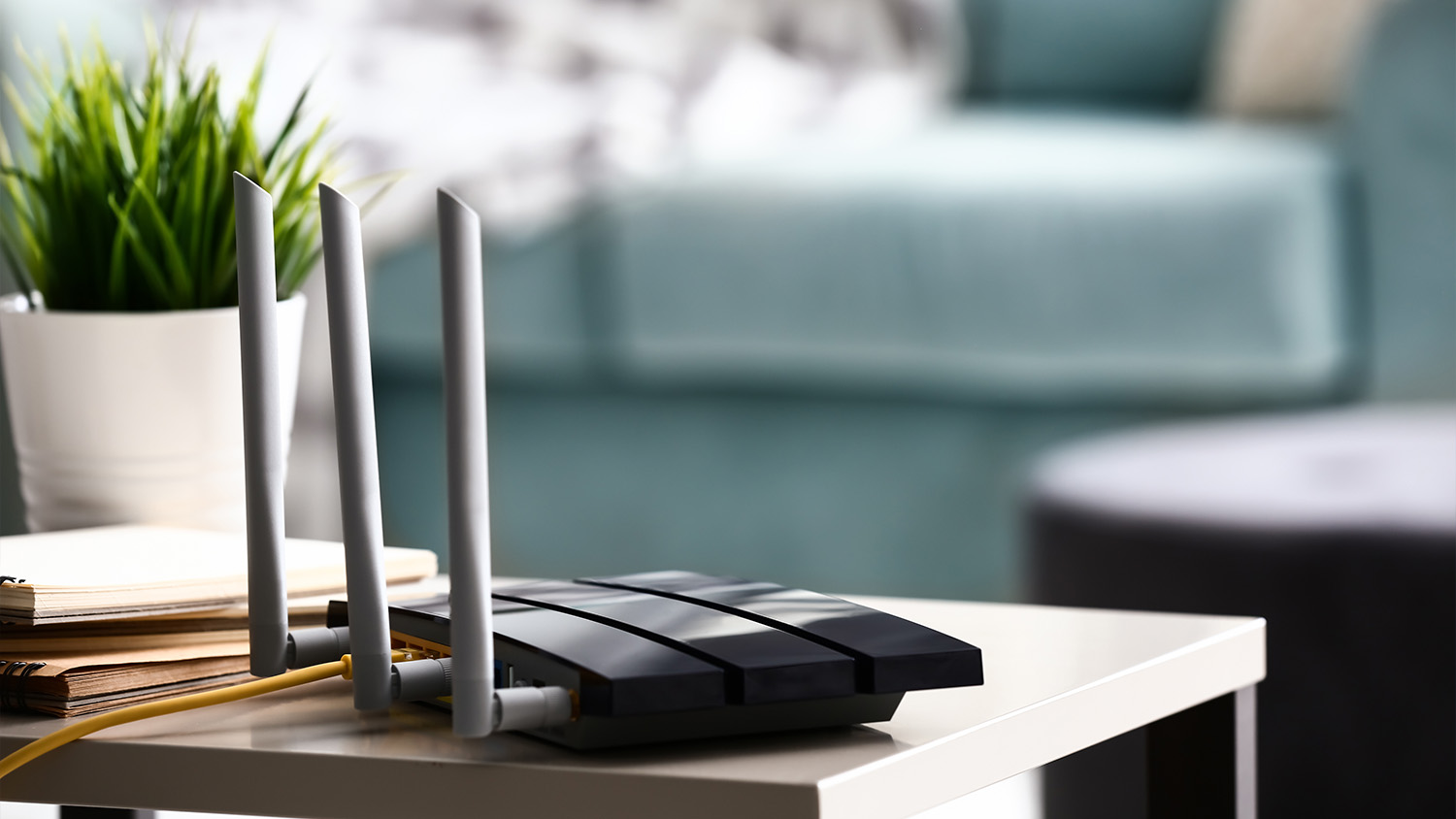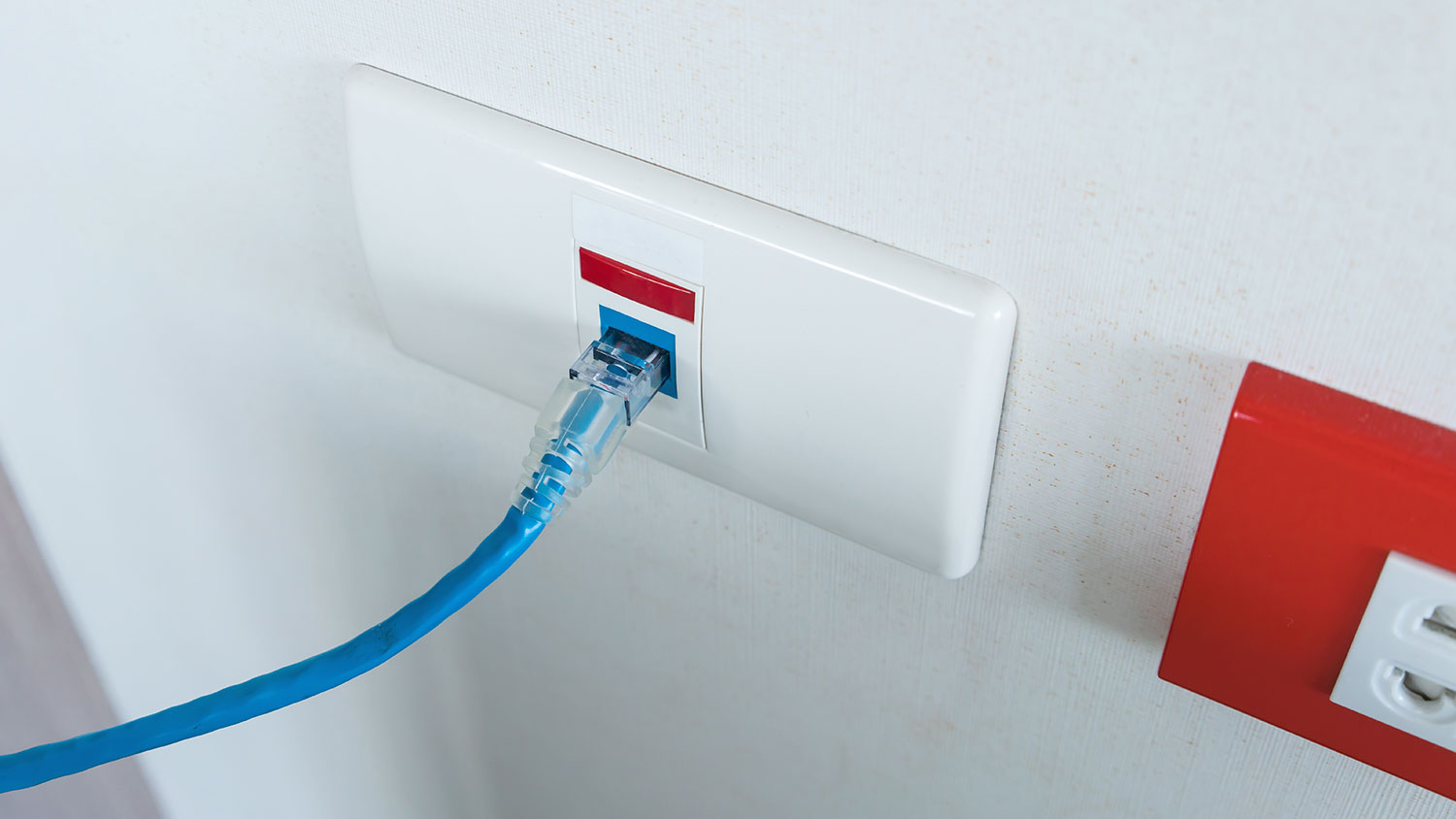
Find out how much it costs to get internet installed. Learn about installation fees, cost factors, and ways to save on your home internet setup.
The average fiber optic cable installation cost is $4,500, with most homeowners paying between $1,500 and$7,000. Costs depend on cable length, installation type, and labor rates.


Fiber optic installation improves internet speed and reliability.
Project size, cable type, and installation method affect your total cost.
Underground installations are more expensive than aerial options, costing up to $10,000.
Professional installation costs $50 to $150 per hour, ensuring safety and code compliance.
Upgrading to fiber optic can increase home value and appeal.
This article was created using automation technology and thoroughly fact-checked and edited by an Angi Editor in accordance with our AI policy.
Fiber optic cable installation costs average $4,500 for most homeowners, with most installations ranging from $1,500 to $7,000. Prices vary based on the length of cable needed, installation method (aerial or underground), and labor rates in your area. Expect to pay $1 to $12 per linear foot, depending on project complexity and materials.
Choosing fiber optic installation means investing in faster, more reliable connectivity for your home. This guide breaks down the costs, options, and benefits so you can make confident decisions for your next upgrade.
Project size is one of the most significant factors in determining the cost of fiber optic cable installation. The total length of cable needed directly impacts your budget, whether you’re wiring a single room, a whole house, or multiple buildings. Most homeowners opt for whole-home installations, but the costs vary widely depending on the scope.
Smaller projects, such as wiring a single room or a home office, have lower costs and fewer connection points, also known as drops. Large properties, multi-story homes, or multi-unit installations require more cable and labor, increasing the overall price. The number of drops, along with the layout of your property, also influences cost.
| Project Size | Description | Average Cost |
|---|---|---|
| Single room | One room, limited drops, short cable run | $500–$2,000 |
| Whole house | Standard single-family home, multiple rooms | $1,500–$7,000 |
| Multi-building | Main home plus detached office/garage/guesthouse | $5,000–$15,000 |
The type of fiber optic installation you choose has a major effect on overall costs. Common methods include aerial (suspended on poles), underground (buried in trenches), direct burial (without conduit), and indoor-only runs. Each has its own pros and cons in terms of durability, disruption, and price.
Aerial installations are less expensive because they require less digging, but they may be more vulnerable to weather or damage. Underground and direct burial methods are more expensive due to excavation and materials, but they offer added protection and longevity. Specialized cables, like plenum or riser-rated, may be necessary for certain indoor or high-rise applications, affecting both cost and labor.
| Installation Type | Description | Average Cost | Pros | Cons |
|---|---|---|---|---|
| Aerial | Hung on poles above ground | $1,000–$5,000 | Lower cost, faster install | Exposed to weather, damage |
| Underground | Buried in conduit/trench | $2,000–$10,000 | Protected, long-lasting | Higher cost, more labor |
| Direct burial | Buried without conduit | $1,500–$8,000 | Quicker than conduit | Less protected, code limits |
| Indoor | Inside walls, ceilings, and floors | $500–$3,000 | Minimal disruption | Limited to interior |
Where you live and where the cable is installed on your property both influence the cost of fiber optic cable installation. Regional differences in labor and material costs mean that prices in urban areas can be higher than in rural settings. Local permitting requirements and site-specific challenges—such as rocky soil or landscaping obstacles—can increase costs.
Interior installations are less expensive than running cable outdoors or underground. Exterior projects may require special equipment or restoration work, further adding to the total price.
Several factors shape the total fiber optic cable installation cost for your home. Let’s look at the main elements that impact your budget.
Fiber optic installation requires skilled professionals, such as licensed electricians, low-voltage contractors, or specialized fiber installers. Labor costs can range from $50 to $150 per hour, depending on your region and the installer’s expertise. Some contractors charge by the linear foot ($1 to $7 per foot) or per drop (each connection point).
Minimum service fees may apply for small jobs, and labor charges increase if your project involves complex routing, hard-to-access spaces, or multiple stories. Urban areas often have higher labor rates due to demand.
Most fiber optic installations require permits, especially for exterior or underground work. Permit fees vary by municipality, ranging from $50 to $500. Contractors often handle permitting, but it's always best to confirm this before starting. Delays in permit approval or required inspections can extend the project timeline and add to your total costs.
Optional upgrades can increase your installation costs but may offer long-term value. Higher-capacity cables, extra outlets, custom wall plates, or integration with smart home or security systems all add to the price. Testing and certification of your new fiber lines—which confirm optimal performance—are sometimes included, but may also be a separate charge.
There are a few additional factors that can affect the cost of installation, including:
Project complexity: Obstacles like existing infrastructure, the number of connections, or multiple stories can increase costs.
Accessibility: Hard-to-reach areas (crawl spaces, attics, wall fishing) may require more labor.
Site preparation: Excavation, removal of old cabling, and delivery of materials can add to the budget.
Post-construction cleanup: Restoring landscaping or patching walls may be necessary after installation.
Design or engineering fees: Custom layouts for larger or unique properties may require professional design services.
Inspection costs: Code compliance or quality assurance inspections may be required and billed separately.
Beyond the basic installation, several ongoing or one-time costs can affect your total investment.
Most fiber optic cables and installation services come with manufacturer or installer warranties. Standard coverage can last from one to 25 years, depending on the product and provider. Extended or premium warranty options may cost extra, but can protect you against future repair or replacement expenses.
Routine maintenance for fiber optic systems is minimal but important. Occasional cleaning, connection testing, or minor repairs may cost $100 to $500 per visit. Most homeowners schedule maintenance every few years or as needed, especially if they notice connectivity issues or visible cable wear.
Professional contractors should carry liability insurance for fiber optic installations. As a homeowner, you should notify your insurance provider about any new wiring or upgrades that may affect your policy or premiums. Some improvements may even qualify you for discounts or additional coverage.
Some homeowners consider installing fiber optic cables themselves to save on labor. DIY installation can reduce costs, but it requires careful planning, technical knowledge, and specialized tools.
DIY costs include materials, tools, or equipment rental, and permit fees. Materials cost $1 to $3 per linear foot, but you’ll also need fiber strippers, cleavers, splicing kits, and safety gear. While you can save on labor, improper installation risks poor performance, safety hazards, and code violations, which can potentially lead to costly repairs.
Professional installation ensures proper termination, certification, and compliance with building codes. Most homeowners find it worthwhile to hire a local computer pro for whole-home or outdoor installations. DIY may be suitable for simple, short indoor runs if you have the necessary skills and tools.
When your fiber optic cable system malfunctions, deciding between repair and replacement depends on the extent and nature of the problem. Minor issues, such as damaged connectors or small breaks, can be repaired for $150 to $500. Extensive damage, outdated cable, or the need for higher capacity often requires full replacement, which costs as much as a new installation.
If repair costs exceed 50% of the replacement price, or if your cables are out of warranty and showing signs of age, replacement is the better investment. Always consult with a qualified installer to assess the damage and determine the most cost-effective solution.
Investing in fiber optic cable installation can increase your home’s value and appeal, especially in areas where high-speed internet is in demand. ROI for fiber upgrades can range from 50% to 100%, depending on your neighborhood and local internet provider options.
Fiber optic wiring is a desirable feature for buyers seeking reliable connectivity, smart home integration, or future-proof technology. Compared to other tech upgrades, fiber installation offers both functional and aesthetic benefits, making your home more marketable and efficient.
Here are a few ways to make your project more budget-friendly:
Get multiple quotes from qualified fiber optic installers.
Choose the most cost-effective installation type for your needs.
Limit the number of drops or connection points to essentials.
Schedule installation during off-peak seasons for potential discounts.
Bundle fiber optic installation with other home upgrades to save on labor.
Prepare the site in advance to reduce labor hours.
Select standard-grade materials unless high performance is required.
Home is the most important place on earth, which is why Angi has helped more than 150 million homeowners transform their houses into homes they adore. To help homeowners with their next project, Angi provides readers with the most accurate cost data and upholds strict editorial standards. We extensively research project costs to develop the pricing data you see, so you can make the best decisions for you and your home. We rely on reputable sources, including the U.S. Bureau of Labor Statistics, academic journals, market studies, and interviews with industry experts—all to ensure our prices reflect real-world projects.
Want to help us improve our cost data? Send us a recent project quote to [email protected]. Quotes and personal information will not be shared publicly.
From average costs to expert advice, get all the answers you need to get your job done.

Find out how much it costs to get internet installed. Learn about installation fees, cost factors, and ways to save on your home internet setup.

Discover the average Ethernet installation cost, including labor, materials, and tips to save. Get transparent pricing and expert advice for your project.